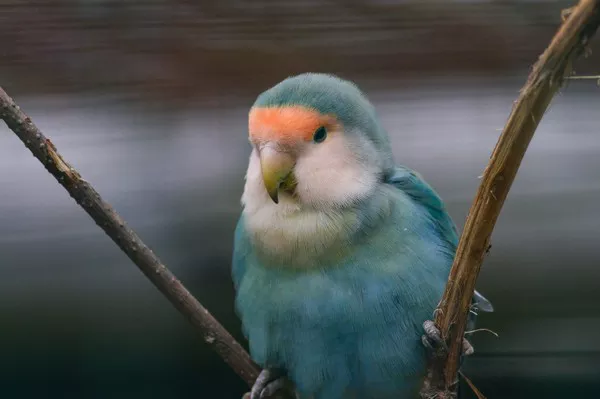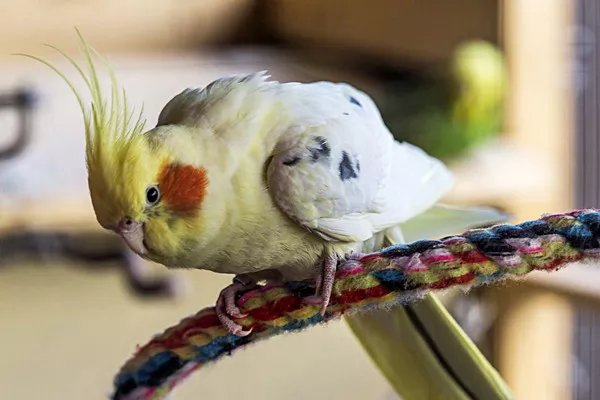The Akita, a regal and powerful breed, has captured the hearts of many dog enthusiasts worldwide. Its striking appearance, coupled with a complex but endearing temperament, makes it a remarkable canine companion. In this article, we will delve into what the Akita looks like, its history, temperament, and other fascinating facts about this noble breed.
What Does the Dog Akita Look Like?
The Akita is a breed that exudes strength and dignity. Their appearance can be described as imposing, yet undeniably beautiful. These dogs are large, with males typically standing between 26 to 28 inches at the withers and weighing 100 to 130 pounds, while females are slightly smaller, standing 24 to 26 inches and weighing 70 to 100 pounds. Their strong, well-proportioned bodies are covered in a dense, double coat that comes in various colors, including white, brindle, and red.
One of the most distinctive features of the Akita is its broad head, which is accentuated by small, triangular eyes that give off an alert and intelligent expression. The ears are small and stand erect, adding to their noble demeanor. The breed’s muzzle is thick and powerful, complemented by a black nose. Their necks are strong and muscular, leading to a straight, sturdy back and a well-set tail that curls over the back in a gentle curve.
History of the Akita
The Akita’s history is deeply rooted in Japan, where it is regarded as a national treasure. This breed’s origins can be traced back to the mountainous regions of northern Japan, where they were originally bred for hunting large game, such as wild boar, bears, and deer. Over the centuries, the Akita’s role shifted from hunting to guarding and protecting Japanese families. Their loyalty and bravery made them a symbol of good luck and prosperity in their homeland.
In the early 20th century, the Akita breed faced a challenge to its survival during the World War II period when there was a shortage of food, and many dogs were killed for their fur. However, dedicated breed enthusiasts worked tirelessly to preserve and rebuild the breed. It was around this time that the Akita began to garner attention in the Western world.
Temperament and Personality
While the Akita’s appearance can be intimidating, their temperament is a captivating mix of traits. Akitas are known for their loyalty, intelligence, and reserved nature. They are naturally protective and make excellent guard dogs, ready to defend their family when necessary. However, they are typically not aggressive without cause, and their calm demeanor often masks their unwavering devotion to their owners.
Akitas are also known for their independence. They have a strong will and may require firm, consistent training. They can be aloof with strangers but are affectionate and loving with their families. Early socialization is crucial to help them become well-adjusted pets. This breed tends to be reserved and may not be overly demonstrative in their affections, but their loyalty is unwavering.
What sets Akitas apart is their cat-like cleanliness. They are meticulous groomers and are known to keep themselves incredibly clean, almost to the point of obsession. This tidiness extends to their surroundings, making them one of the neatest breeds.
Akita as a Family Dog
Akitas can make excellent family dogs in the right circumstances. They are gentle and patient with children in their own family, often taking on a protective role. However, due to their size and independent nature, they may not be the best choice for families with very young or rambunctious children. Supervision and proper training are essential to ensure a harmonious relationship between an Akita and young family members.
These dogs are generally good with other household pets when raised together from a young age. However, their strong prey drive may make them unsuitable for households with small animals like rabbits or cats unless introduced to them as puppies.
Exercise and Activity Needs
Akitas are strong and active dogs that require regular exercise to stay physically and mentally healthy. Long walks, hikes, and playtime in a secure yard are essential to keep them happy. Despite their size, Akitas can adapt to apartment living if they receive enough exercise and mental stimulation.
What does the dog Akita look like when it’s in motion? It moves gracefully, with a purposeful and dignified gait. Their movements are fluid and efficient, showcasing their strength and athleticism.
Health Considerations
As with any breed, there are specific health concerns to be aware of when considering an Akita as a pet. Hip dysplasia and progressive retinal atrophy are among the conditions that can affect this breed. Responsible breeders screen their breeding dogs for these and other health issues to reduce the risk of passing them on to their offspring.
One critical aspect of Akita health is their longevity. Akitas are a long-lived breed, with many reaching the age of 10-15 years with proper care. Their longevity is a testament to their overall hardiness and vitality.
Famous Akitas
Throughout history, several Akitas have gained fame for their remarkable stories and contributions to society. Hachiko, perhaps the most famous Akita, was a loyal dog that waited at Shibuya Station for nearly 10 years for his deceased owner to return. His story has become a symbol of devotion and has been immortalized in books and films.
Another notable Akita is the one presented to Helen Keller by the Japanese government in 1937. This Akita, named Kamikaze-Go, played a significant role in Keller’s life and provided her with companionship and a sense of security.
Conclusion
The Akita is a breed that commands respect and admiration with its regal appearance and complex, yet deeply loyal temperament. As we’ve explored in this article, understanding what the dog Akita looks like is just the beginning. Their rich history, strong protective instincts, and long lifespan make them a fascinating breed. Whether as a family pet, a guardian, or a loyal companion, the Akita offers much to those who appreciate their unique qualities. While their needs and challenges may not be suitable for every household, for those who can provide the proper care and attention, the Akita can be a cherished and devoted member of the family.
Related Topics:
How much should i feed my akita puppy?
What is the personality of an akita dog?
Are japanese akitas good family dogs?

























